Smart toilets are a modern marvel, blending comfort with cutting-edge technology. They offer a range of features, from heated seats to automatic flushing, that elevate the bathroom experience.
However, these advanced features require a specific set of electrical requirements. Understanding these requirements is crucial for a safe and efficient installation.
This article delves into the electrical requirements for installing smart toilets. We'll cover everything from voltage and amperage needs to the importance of dedicated circuits and GFCI outlets.
Whether you're a homeowner, a DIY enthusiast, or a professional electrician, this guide will provide valuable insights. It will help you prepare for installation and ensure your smart toilet functions optimally.
We'll also introduce you to some of the best smart toilets on the market, including the innovative Wellfor range.
Understanding Smart Toilets and Their Features
Smart toilets are a step up from traditional toilets. They incorporate technology to enhance user comfort and convenience.
These toilets offer various features. Some offer heated seats, automatic flushing, and bidet functions. Others even have self-cleaning capabilities and customizable user settings.
But these features aren't just about luxury. Many smart toilets also focus on water conservation and hygiene. They can significantly reduce the need for toilet paper, contributing to environmental sustainability.
Here are some common features found in the best smart toilets:
-
Heated seats
-
Automatic flushing
-
Bidet functions
-
Self-cleaning capabilities
-
Customizable user settings
-
Water conservation features
-
Hygiene enhancements
-
LED lighting
-
Remote control operation
-
Health monitoring features
-
Wi-Fi connectivity and mobile app integration
-
Voice activation
-
Emergency flushing during power outages
-
Battery backup options
-
Digital displays
-
Automatic lid and seat functions
-
Timers and scheduling functionality
The Basics of Smart Toilet Electrical Requirements

Smart toilets require electricity to power their advanced features. This means they have specific electrical requirements to be met during installation.
Typically, smart toilets operate on a standard 120-volt circuit. They usually require a dedicated circuit with a 15-amp or 20-amp breaker to ensure they have enough power to function without tripping the circuit.
It's also important to consider the placement of electrical outlets. They should be within reach of the toilet's power cord but not in a location where they could get wet.
Here are the basic electrical requirements for smart toilets:
-
Standard 120-volt circuit
-
Dedicated circuit with a 15-amp or 20-amp breaker
-
Properly placed electrical outlets
-
Ground Fault Circuit Interrupter (GFCI) outlets for safety
-
Compliance with local building codes and regulations
Remember, these are general guidelines. Always refer to the manufacturer's installation manual for specific requirements.
Safety First: The Role of GFCI Outlets in Smart Toilet Installation
Safety is paramount when working with electricity, especially in a bathroom. This is where GFCI outlets come into play.
GFCI, or Ground Fault Circuit Interrupter outlets, are designed to protect against electrical shocks. They are a must-have for any bathroom electrical installation, including smart toilets.
These outlets monitor the flow of electricity in a circuit. If they detect any imbalance, they immediately cut off the power. This can prevent serious injuries caused by electrical shocks.
For safety, always ensure your smart toilet is connected to a GFCI outlet. It's a small step that can make a big difference.
Dedicated Circuits: Why Your Smart Toilet Needs Its Own
Smart toilets are not your average bathroom fixture. They come packed with features that require a significant amount of power.
For this reason, it's recommended that your smart toilet have a dedicated circuit. This means the toilet has its circuit breaker in your home's electrical panel.
A dedicated circuit ensures that your smart toilet gets the power it needs without overloading your system. It also prevents other appliances from affecting its operation.
In short, a dedicated circuit is critical to your smart toilet's safe and efficient operation.
Professional Installation vs. DIY: What You Need to Know
Installing a smart toilet can be a complex task. It involves both plumbing and electrical work.
If you're a DIY enthusiast, you might be tempted to handle the installation. However, it's essential to understand the risks involved.
Improper installation can lead to electrical hazards or damage to the toilet. It's also worth noting that some warranties require professional installation.
Here are a few things to consider when deciding between DIY and professional installation:
-
Your comfort level with electrical and plumbing work
-
The complexity of the intelligent toilet model
-
Local building codes and permit requirements
-
The terms of the toilet's warranty
Preparing Your Bathroom's Electrical System for a Smart Toilet
Preparing your bathroom's electrical system is crucial before installing a smart toilet. This involves checking the existing infrastructure and possibly making upgrades.
First, determine if your bathroom has a dedicated circuit. Smart toilets typically require their circuit to prevent overloading.
Next, check if you have a GFCI outlet near the toilet. This is a safety requirement for bathrooms.
Here are the steps to prepare your bathroom's electrical system:
-
Check for a dedicated circuit
-
Ensure there's a GFCI outlet near the toilet
-
Consider hiring a professional to make necessary upgrades
-
Review local building codes and permit requirements
Step-by-Step Guide to Smart Toilet Electrical Setup
Installing a smart toilet involves careful planning and execution. Here's a step-by-step guide to help you through the process.
First, read the manufacturer's installation manual. It provides specific instructions and electrical requirements for the model.
Next, gather the necessary tools and materials. These may include a voltage tester, wire strippers, and electrical tape.
Here are the steps for setting up your smart toilet:
-
Turn off the power at the circuit breaker.
-
Test the wires to ensure the power is off.
-
Connect the toilet to the dedicated circuit.
-
Secure all connections and install the GFCI outlet if necessary.
-
Turn the power back on and test the toilet.
If you need more time to get comfortable with electrical work, hire a professional. Safety should always be your top priority.
Selecting the Best Smart Toilets: Features and Electrical Specs
When choosing a smart toilet, consider both its features and electrical requirements. The best smart toilets offer comfort, convenience, and energy efficiency.
Look for features like heated seats, automatic flushing, and customizable user settings. Some models even offer health monitoring features and voice activation.
Here are some key features to consider:
-
Energy efficiency
-
Heated seat
-
Automatic flushing
-
Customizable user settings
-
Health monitoring features
-
Voice activation
Remember, the more features a toilet has, the higher its electrical requirements may be. Always check the specs before making a purchase.
Introducing Wellfor Smart Toilets: A Blend of Innovation and Electrical Efficiency
Wellfor smart toilets are a great example of innovation meeting efficiency. They offer advanced features while keeping energy consumption in check.
Remember to check the electrical specifications of any smart toilet, including Wellfor models, before installation.
Troubleshooting and Maintenance of Your Smart Toilet's Electrical Components
Even the best smart toilets can face electrical issues. Knowing how to troubleshoot can save you time and stress.
Common issues include power failures, sensor malfunctions, and display errors. For specific troubleshooting steps, always refer to your user manual.
-
Power failures: Check your circuit breaker and GFCI outlet.
-
Sensor malfunctions: Clean the sensors and ensure they're not obstructed.
-
Display errors: Reset your toilet according to the manufacturer's instructions.
Regular maintenance can prevent many issues. Keep electrical components clean and dry, and schedule regular inspections.
Final Thoughts: Embracing the Future with Smart Toilets
Smart toilets are more than a luxury. They offer convenience, hygiene, and even environmental benefits. Understanding their electrical requirements is critical to a successful installation.
With the proper preparation and knowledge, you can enjoy the benefits of a smart toilet in your home. Embrace the future of bathroom technology today.

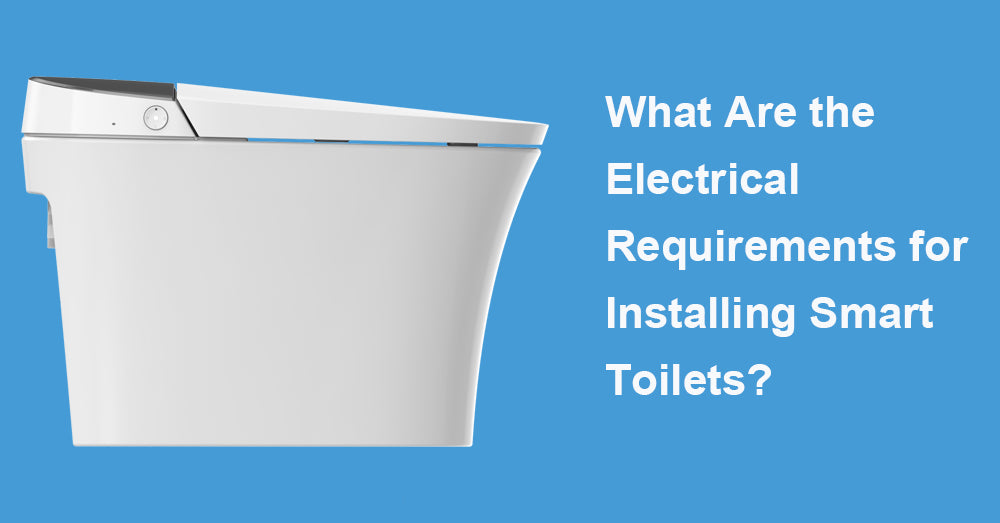
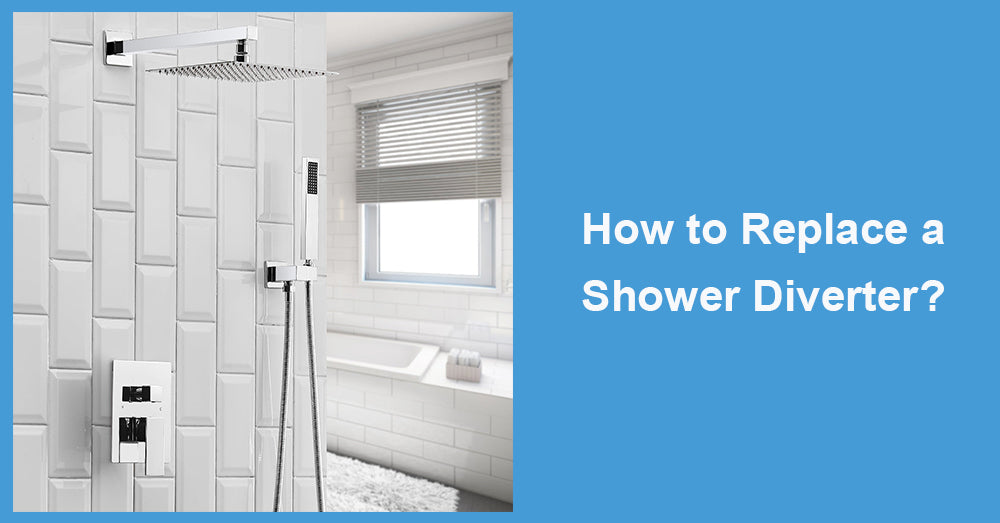



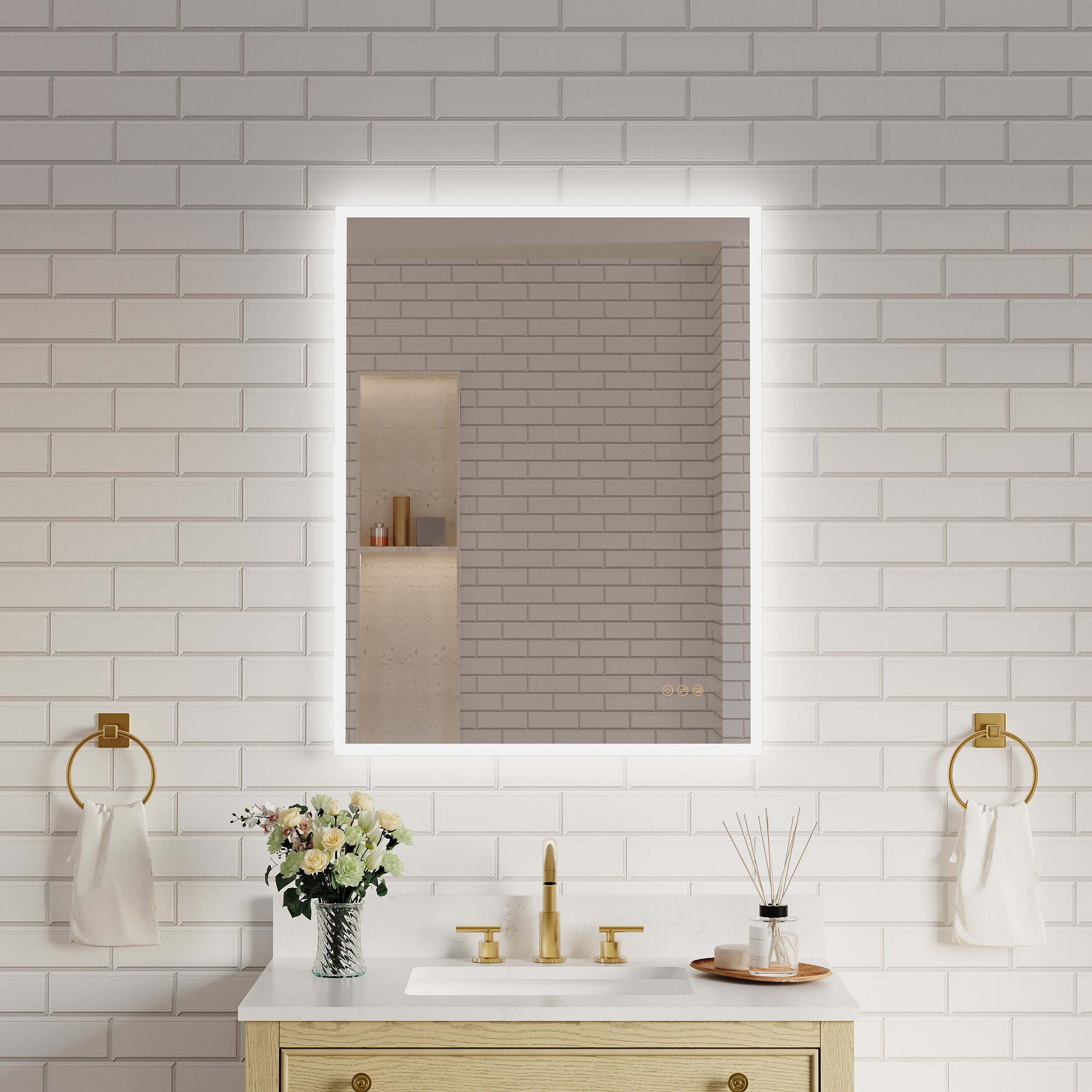



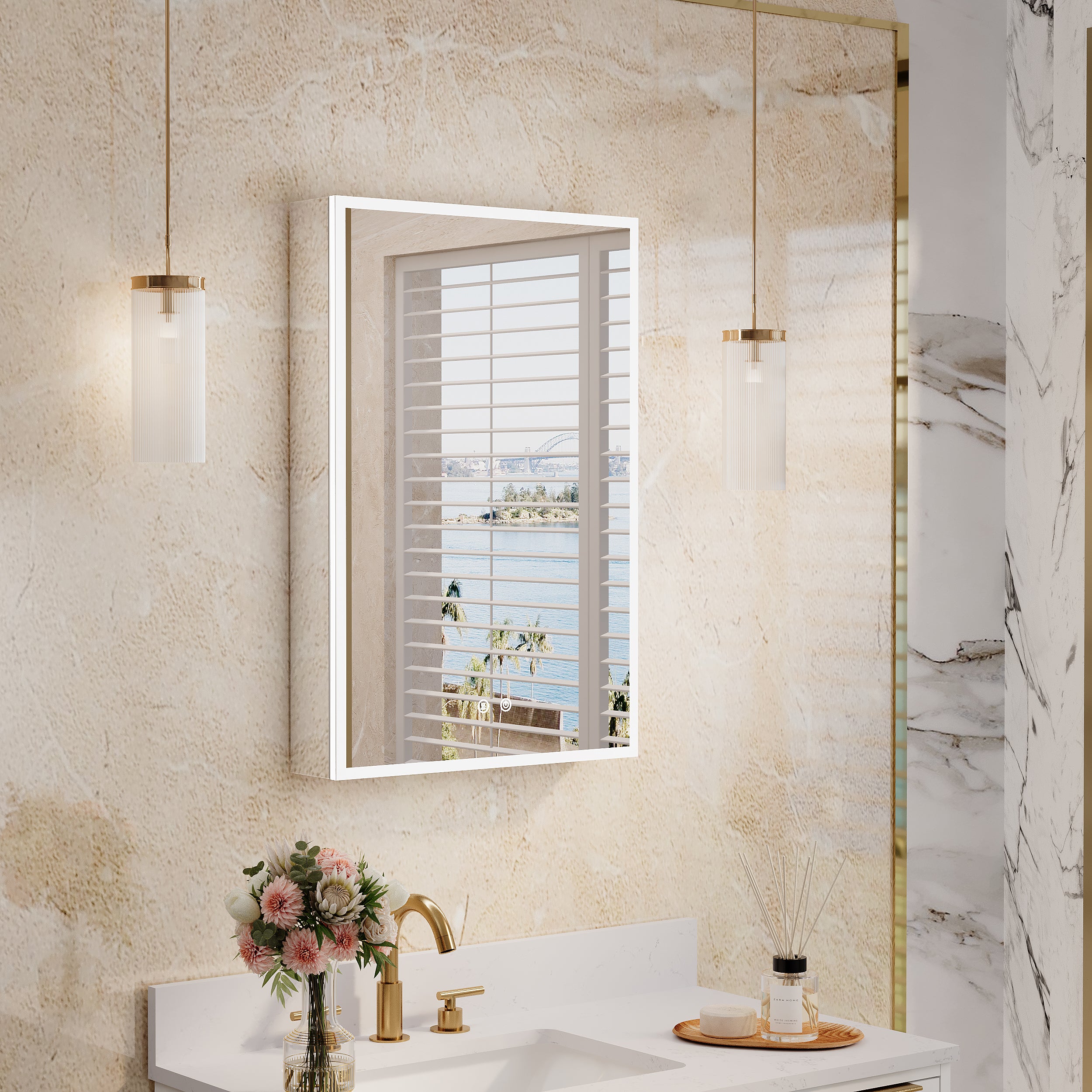
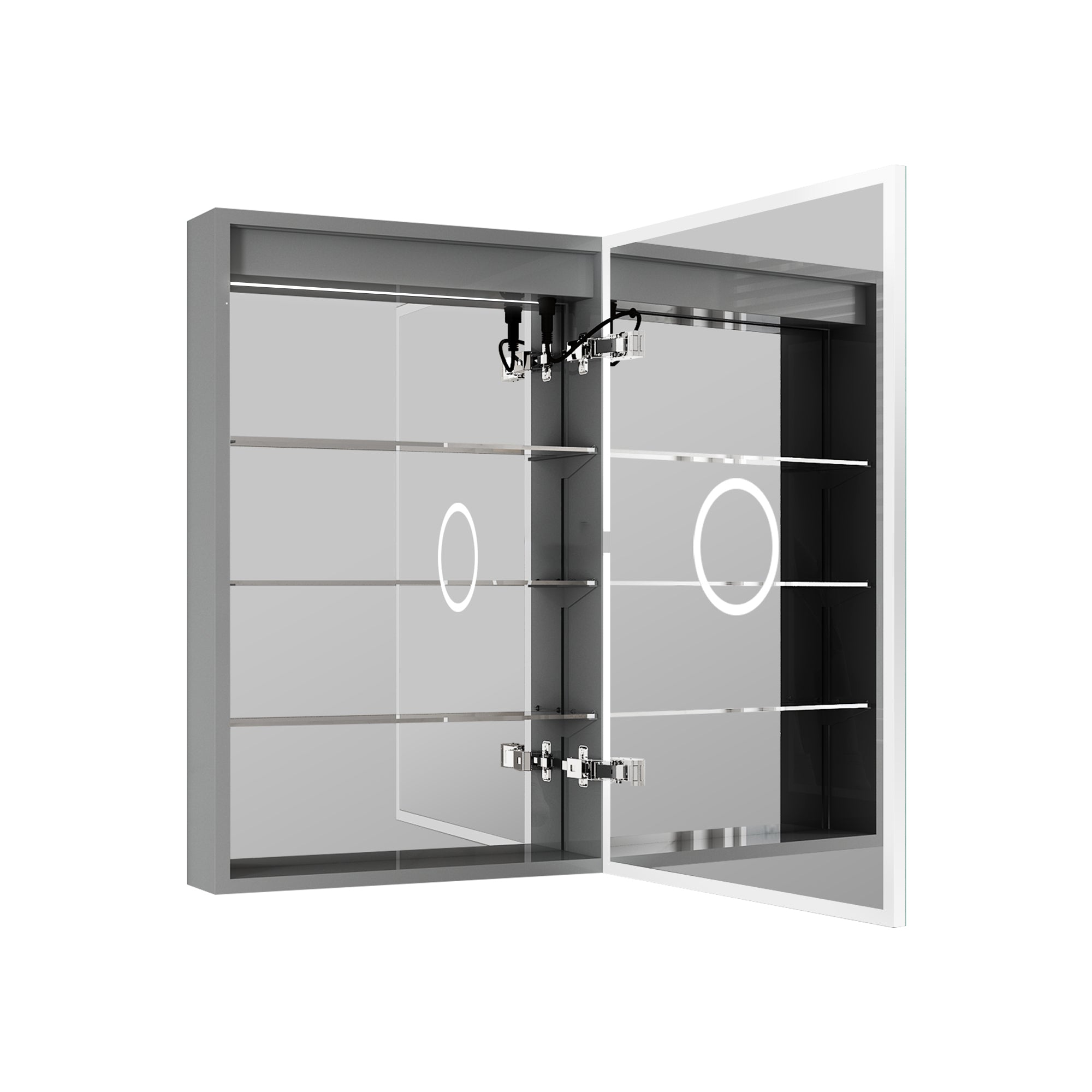
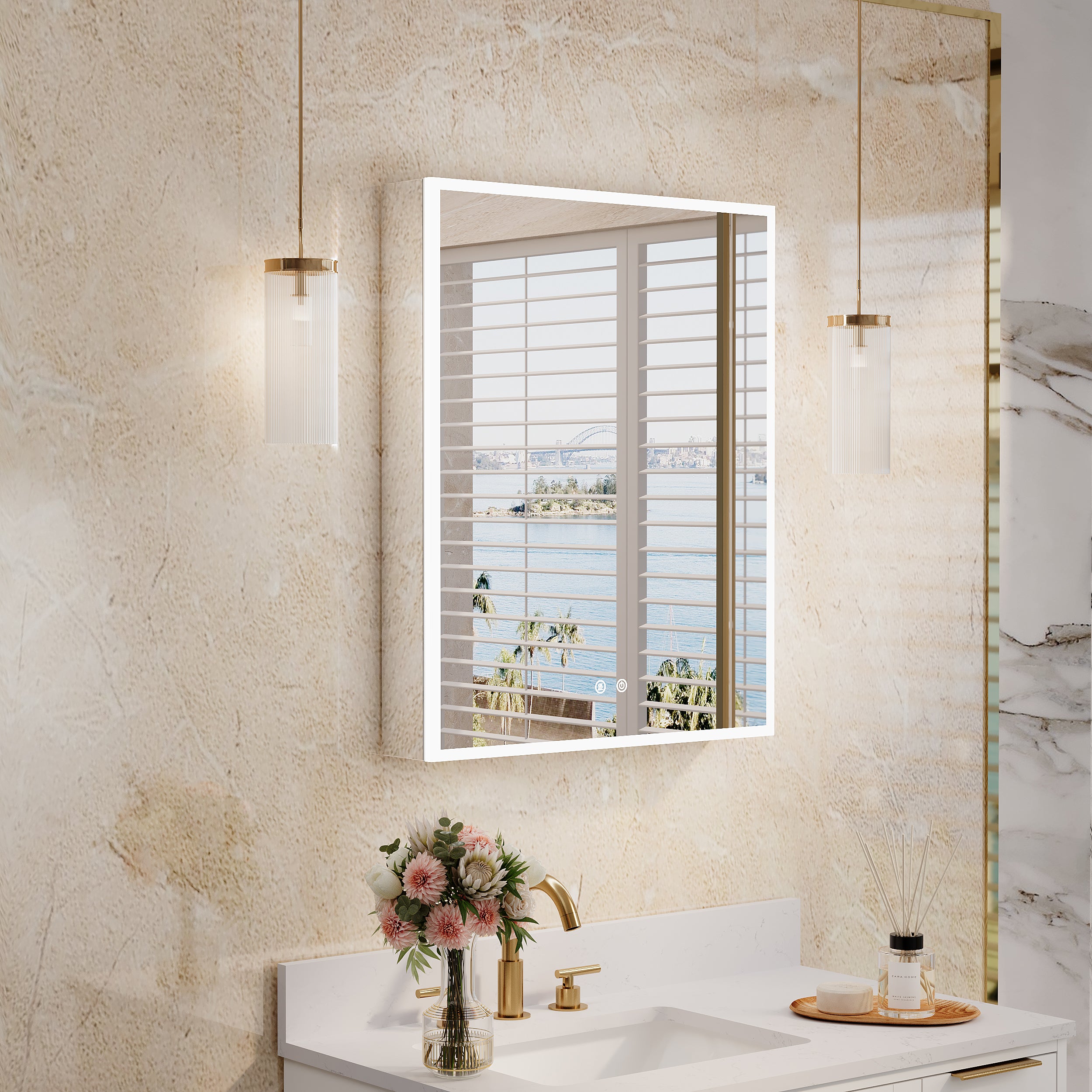
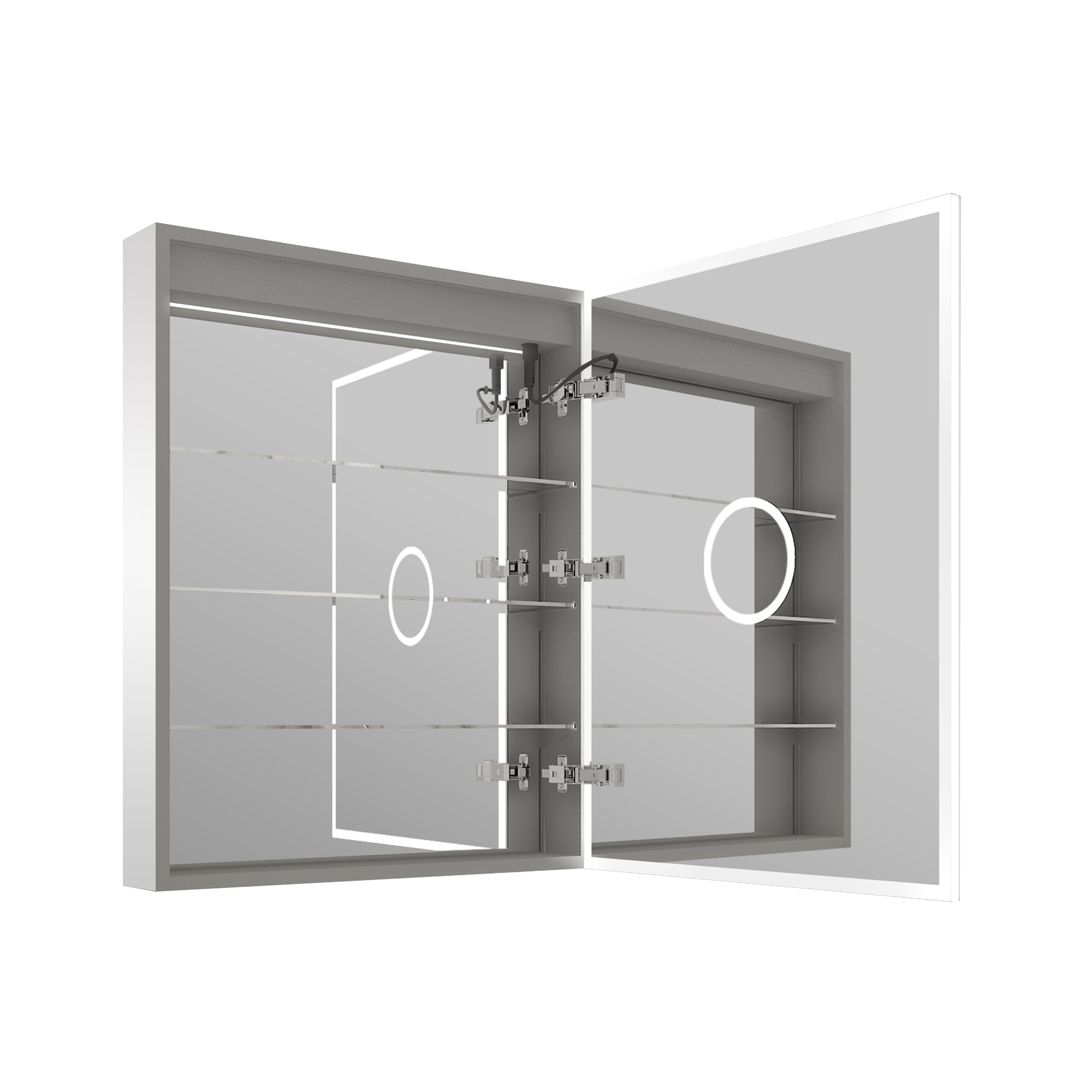


Leave a comment
This site is protected by hCaptcha and the hCaptcha Privacy Policy and Terms of Service apply.